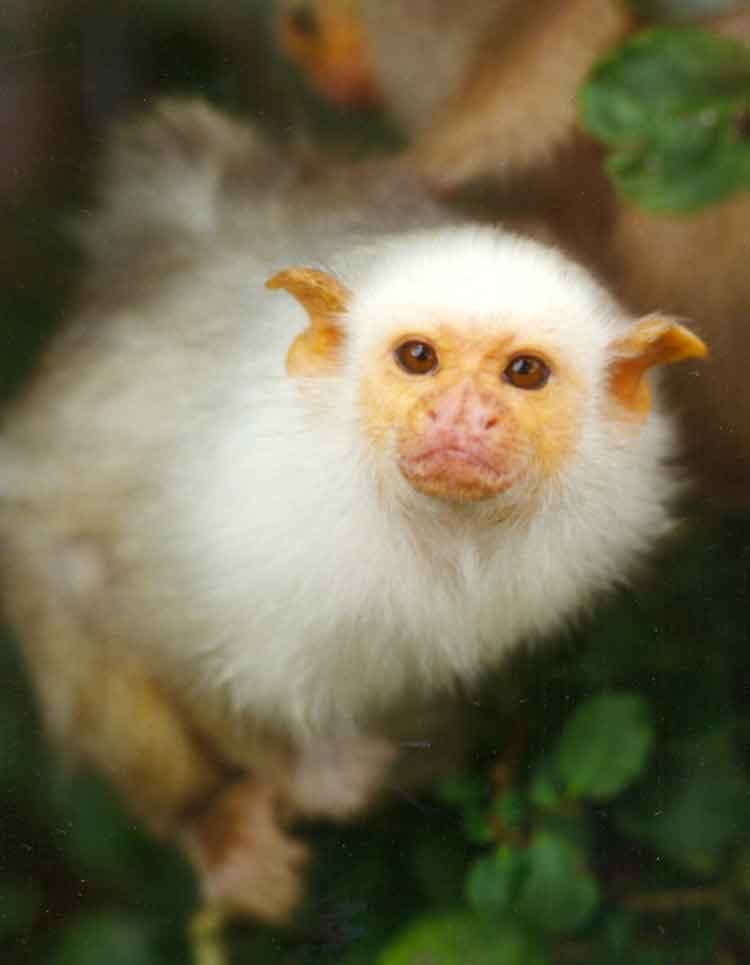
Mico argentatus (*)
Superregnum: Eukaryota
Cladus: Unikonta
Cladus: Opisthokonta
Cladus: Holozoa
Regnum: Animalia
Subregnum: Eumetazoa
Cladus: Bilateria
Cladus: Nephrozoa
Superphylum: Deuterostomia
Phylum: Chordata
Subphylum: Vertebrata
Infraphylum: Gnathostomata
Megaclassis: Osteichthyes
Cladus: Sarcopterygii
Cladus: Rhipidistia
Cladus: Tetrapodomorpha
Cladus: Eotetrapodiformes
Cladus: Elpistostegalia
Superclassis: Tetrapoda
Cladus: Reptiliomorpha
Cladus: Amniota
Cladus: Synapsida
Cladus: Eupelycosauria
Cladus: Sphenacodontia
Cladus: Sphenacodontoidea
Cladus: Therapsida
Cladus: Theriodontia
Cladus: Cynodontia
Cladus: Eucynodontia
Cladus: Probainognathia
Cladus: Prozostrodontia
Cladus: Mammaliaformes
Classis: Mammalia
Subclassis: Trechnotheria
Infraclassis: Zatheria
Supercohors: Theria
Cohors: Eutheria
Infraclassis: Placentalia
Cladus: Boreoeutheria
Superordo: Euarchontoglires
Ordo: Primates
Subordo: Haplorhini
Infraordo: Simiiformes
Parvordo: Platyrrhini
Familia: Cebidae
Subfamilia: Callithrichinae
Genus: Mico
Species: Mico argentatus
Name
Mico argentatus (Linnaeus, 1771)
References
Links
Callithrix (Mico) argentata in Mammal Species of the World.
Wilson, Don E. & Reeder, DeeAnn M. (Editors) 2005. Mammal Species of the World – A Taxonomic and Geographic Reference. Third edition. ISBN 0-8018-8221-4.
Rylands, A.B. & Silva Jr, J. 2018. IUCN: Mico argentatus (Least Concern). The IUCN Red List of Threatened Species 2018: e.T41520A17932745. 10.2305/IUCN.UK.2018-2.RLTS.T41520A17932745.en
Vernacular names
English: Silvery Marmoset
português do Brasil: Sagui-branco
The silvery marmoset (Mico argentatus) is a New World monkey that lives in the eastern Amazon Rainforest in Brazil.[1][4]
The fur of the silvery marmoset is colored whitish silver-grey except for a dark tail. Remarkable are its naked, flesh-colored ears which stand out from the skin. They reach a size of 18 to 28 cm (7.1 to 11.0 in) and weigh from 300 to 400 g (11 to 14 oz).
Silvery marmosets are diurnal and arboreal, using their claws to climb trees. Originally rain forest inhabitants, plantations have caused them to expand their range. They spend the night in tree hollows or in very close vegetation. They live together in small groups and mark their territory with scent glands, driving out intruders by shouting or by facial expressions (lowered brows and guarded lips).
The diet of the silvery marmosets predominantly consists of tree sap. To a lesser extent, they also eat bird eggs, fruit, insects, and small vertebrates.
After a 145-day gestation period, the female bears two (or rarely three) offspring. As is the case for many callitrichids, the father and the other group members take part with the raising of the offspring. Within six months the young are weaned, with full maturity coming at about two years of age.
Studies show that Silvery Marmosets prefer secondary growth forests and edge growth forests due to some of the benefits that the habitat presents such as an abundance of insect prey and dense vegetation.[5]
References
Groves, C. P. (2005). Wilson, D. E.; Reeder, D. M. (eds.). Mammal Species of the World: A Taxonomic and Geographic Reference (3rd ed.). Baltimore: Johns Hopkins University Press. p. 130. ISBN 0-801-88221-4. OCLC 62265494.
Rylands AB, Mittermeier RA (2009). "The Diversity of the New World Primates (Platyrrhini)". In Garber PA, Estrada A, Bicca-Marques JC, Heymann EW, Strier KB (eds.). South American Primates: Comparative Perspectives in the Study of Behavior, Ecology, and Conservation. Springer. pp. 23–54. ISBN 978-0-387-78704-6.
Ravetta, A.L.; Rylands, A.B.; Muniz, C.C. (2021). "Mico argentatus". IUCN Red List of Threatened Species. 2021: e.T41520A192399613. doi:10.2305/IUCN.UK.2021-1.RLTS.T41520A192399613.en. Retrieved 19 November 2021.
"Silvery Marmoset (Callithrix argentata)". theprimata.com. Retrieved 2014-07-29.
Veracini, Cecilia (2009). The Smallest Anthropoids. Boston, MA: Springer. pp. 221–240. doi:10.1007/978-1-4419-0293-1_12. ISBN 978-1-4419-0293-1.
Retrieved from "http://en.wikipedia.org/"
All text is available under the terms of the GNU Free Documentation License

